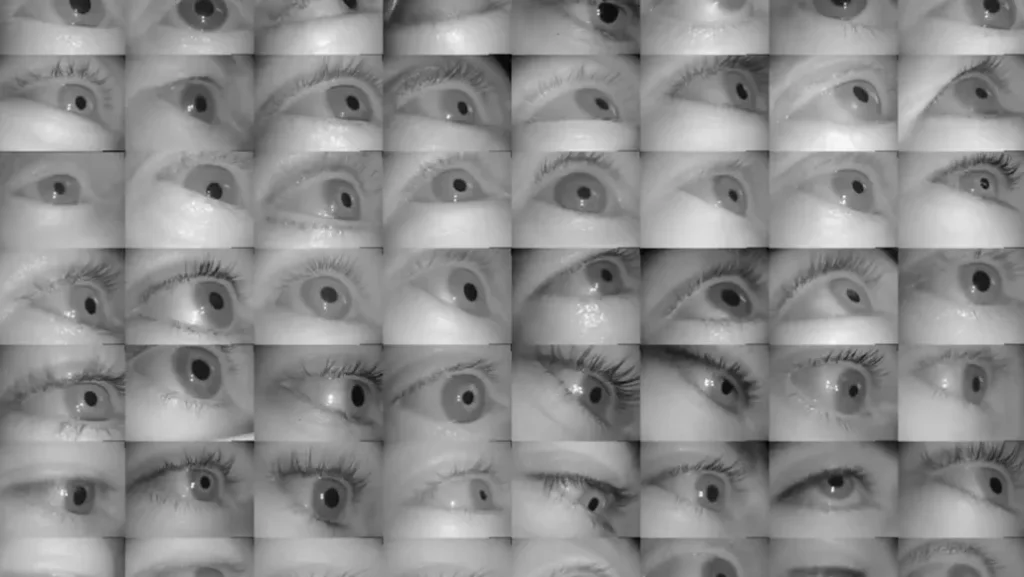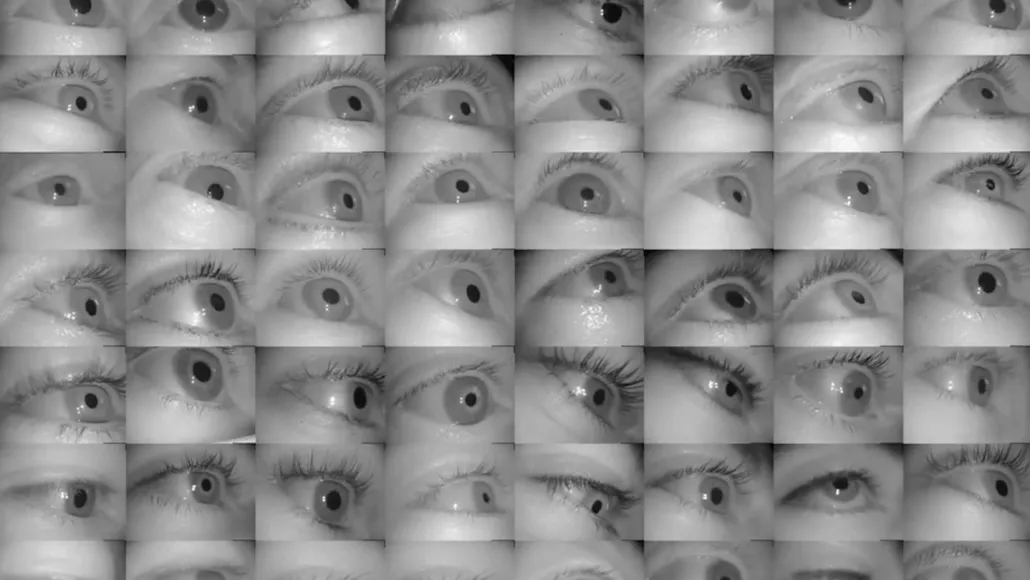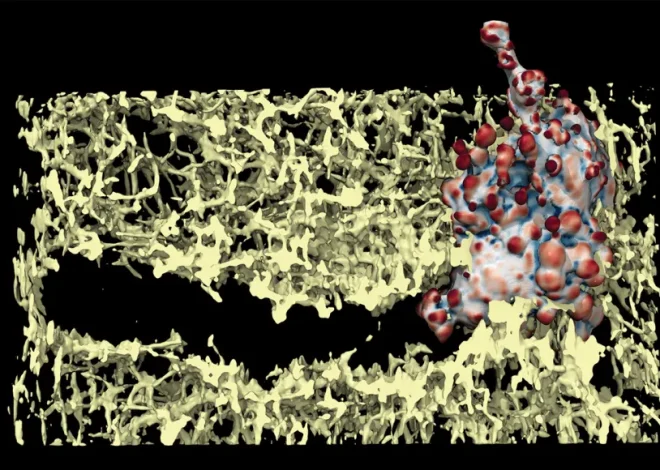The eyes deteriorate with time.
Recently, a surreal, Hitchcockian video with 64 eyeballs that are all rolling and blinking in different directions is offering a fresh perspective on one aspect of eye aging.
Previous lab research have demonstrated that as people age, their pupils get smaller and less sensitive to light. A recent study has verified that what occurs in the lab also occurs in real life by equipping volunteers with eye trackers and having them walk around a university campus.

According to study published in Royal Society Open Science on June 19, pupils can shrink by up to 0.4 millimeters every ten years, even though they are still sensitive to changes in light. Manuel Spitschan, a neurologist at the Max Planck Institute for Biological Cybernetics in Tubingen, Germany, states, “We see a big age effect.”
This alteration contributes to the explanation of why seeing in low light conditions might become more difficult as people age. The retina, a layer of cells in the back of the eyes, receives light that passes through the black pupil in the center of the eye and transforms it into images. Depending on the lighting, the pupil’s diameter can range from 2 to 8 millimeters, becoming smaller in bright light and larger in dim light. According to Spitschan, “less light enters the eye with a small pupil.”
When measuring the pupil’s response in a lab setting, researchers can isolate particular characteristics of light, such as wavelength or intensity. However, Spitschan adds, it’s as critical to comprehend this physiological phenomenon in the real world. For this reason, the researchers outfitted 83 volunteers, ranging in age from 18 to 87, with futuristic-looking headgear that recorded information on light wavelengths and eye movements as the subjects of the study walked outside, indoors under artificial light, and at a computer.
You can truly “appreciate that there are significant individual differences in pupil size between individuals,” according to Spitschan, when you watch the collection of 64 participants’ eyes on film.
According to the researchers, this kind of work may eventually help provide customized, more effective lighting and visual solutions for senior citizens.




